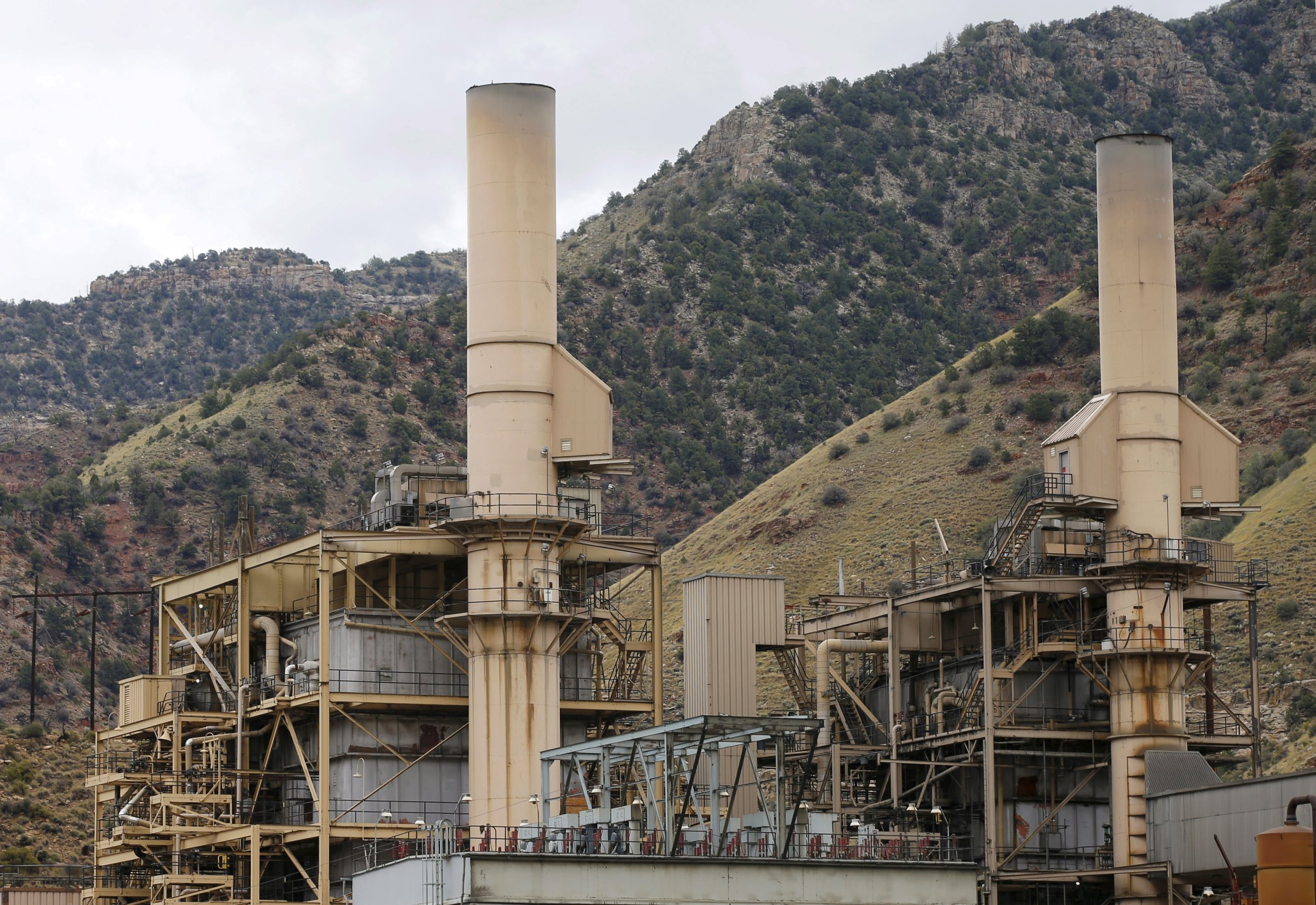
Conservation and protecting our environment—including fighting climate change, should not be partisan issues. After all, the Environmental Protection Agency (EPA), which I had the privilege of leading from 2001-2003, was created by a Republican, President Richard Nixon. And the last major update to the Clean Air Act passed with overwhelming bipartisan majorities in the Congress, and it was signed into law by another Republican, President George H.W. Bush.
The Clean Air Act has proved to be a powerful tool for reducing dangerous air pollution and protecting public health. And it has done this while driving innovation and without hampering economic growth. From 1985 to 2003, the size of our economy nearly doubled and energy use increased by 30%. At the same time, we managed to reduce the emissions of six major pollutants regulated by the EPA by 60%. The idea that the EPA is a job killer is simply false.
Today, the Clean Air Act is being put to work once again, this time against climate change, the most daunting environmental challenge that we face. In order to meet this challenge, the EPA created the Clean Power Plan, which will significantly reduce emissions from the power sector, which is responsible for almost 40% of the carbon pollution in the U.S.—the single largest source.
As is too often the case today when it comes to action to combat climate change, the Clean Power Plan is the subject of heated debate and controversy. More than two dozen states along with energy companies have gone to court to block the plan, facing off against the Obama administration and a large coalition of other states, environmental groups, organizations including the American Lung Association, national security experts, corporate leaders, and, notably, a group of utilities favoring the plan. As the D.C. Circuit Court of Appeals, the powerful appeals court just a few blocks from the Supreme Court, prepares to hear arguments in this case, it’s important to cut through the noise in order to understand the facts.
First, the EPA’s authority to move forward with regulating carbon pollution under the Clean Air Act is not a matter of debate. EPA has this authority, and it is in fact obligated to move forward. The law says so and the Supreme Court has said so, twice. As I have said before, the matter, I believe, should be put to rest. While it would have been better for Congress to have acted, the EPA was well within its jurisdiction.
It’s also important to understand that the Clean Power Plan is not a rigid, one-size-fits-all regulation that ignores local conditions or concerns. It offers states extraordinary flexibility in how they comply with their obligations—as much flexibility as I have ever seen EPA allow. I believe EPA has gone as far as it possibly could have under the law in providing states with fair and flexible options for reducing carbon pollution.
Finally, the Clean Power Plan was not proposed in a vacuum. Huge, market-driven shifts in the power sector toward cleaner sources of generation were underway well before EPA even proposed the Clean Power Plan. The Clean Power Plan will accelerate this shift, but the shift is being driven by the market. In fact, many states, including some of those who have taken EPA to court, are well on their way to meeting their obligations under the plan. Arkansas, for example, already emitted less carbon pollution from power plants last year than the Clean Power Plan calls for it to have in 2030.
This endless debate and endless litigation are not only bad for the climate; they’re also bad for business. Instead of illuminating a clear path forward, these attacks on the Clean Power Plan are just creating more uncertainty, the enemy of business. That’s why it’s not surprising that some utilities and dozens of major American corporations are calling for the court to uphold the plan. They know that action to reduce carbon pollution is both necessary and inevitable, and they want to adapt their plans to this carbon-constrained future.
With so much at stake, it’s time that we move forward. On Tuesday, I hope the D.C. Circuit will be able see the clear facts in this case: the Clean Power Plan is legal, it’s flexible, it’s in line with where the market is already going, and it will allow EPA to tackle our biggest environmental challenge using the same smart, effective and economically responsible approach that it has successfully employed for decades.
More Must-Reads from TIME
- Why Trump’s Message Worked on Latino Men
- What Trump’s Win Could Mean for Housing
- The 100 Must-Read Books of 2024
- Sleep Doctors Share the 1 Tip That’s Changed Their Lives
- Column: Let’s Bring Back Romance
- What It’s Like to Have Long COVID As a Kid
- FX’s Say Nothing Is the Must-Watch Political Thriller of 2024
- Merle Bombardieri Is Helping People Make the Baby Decision
Contact us at letters@time.com